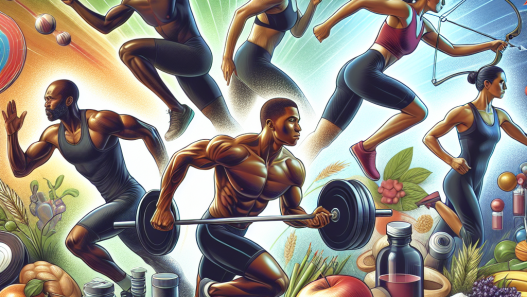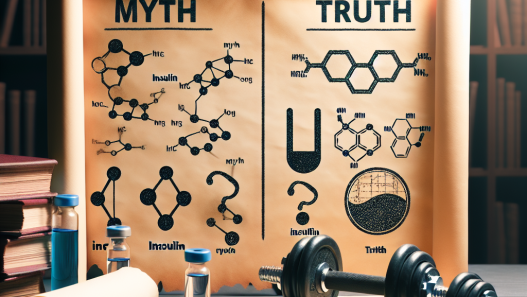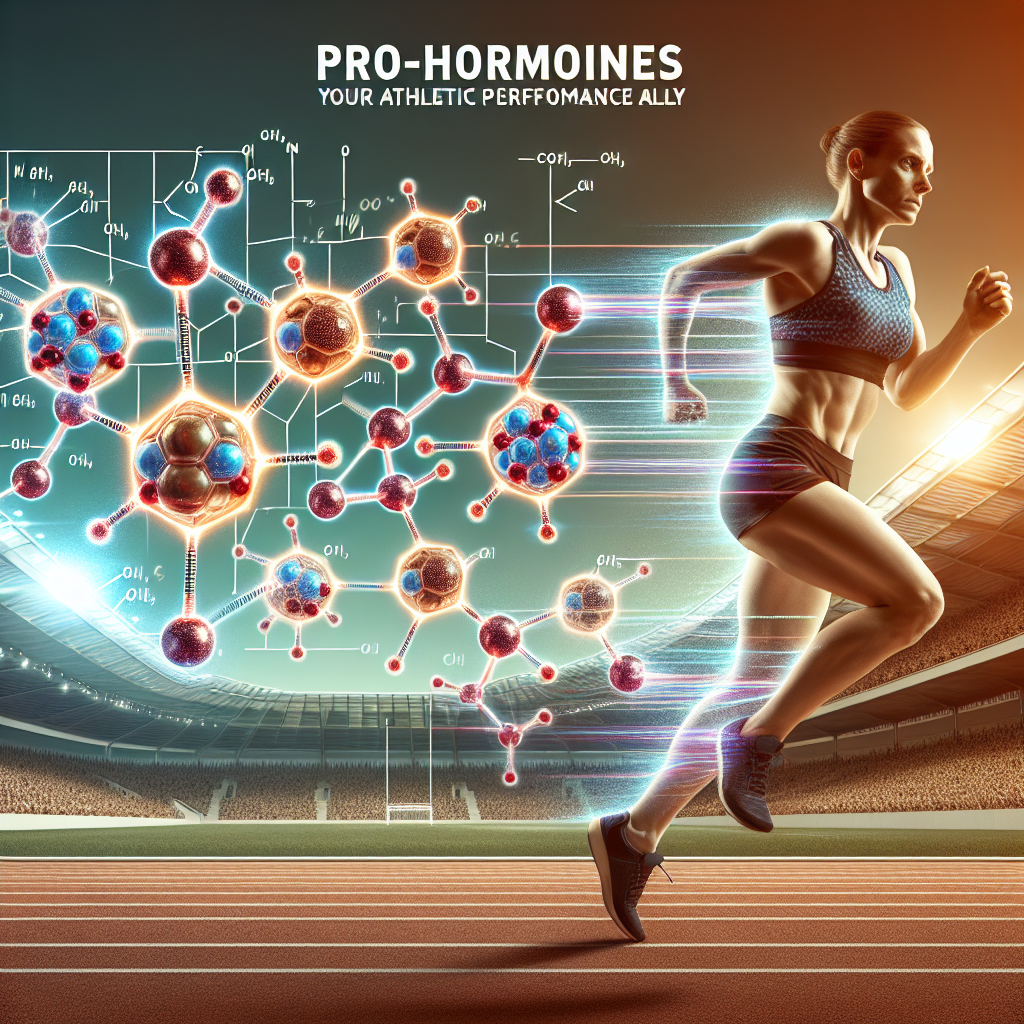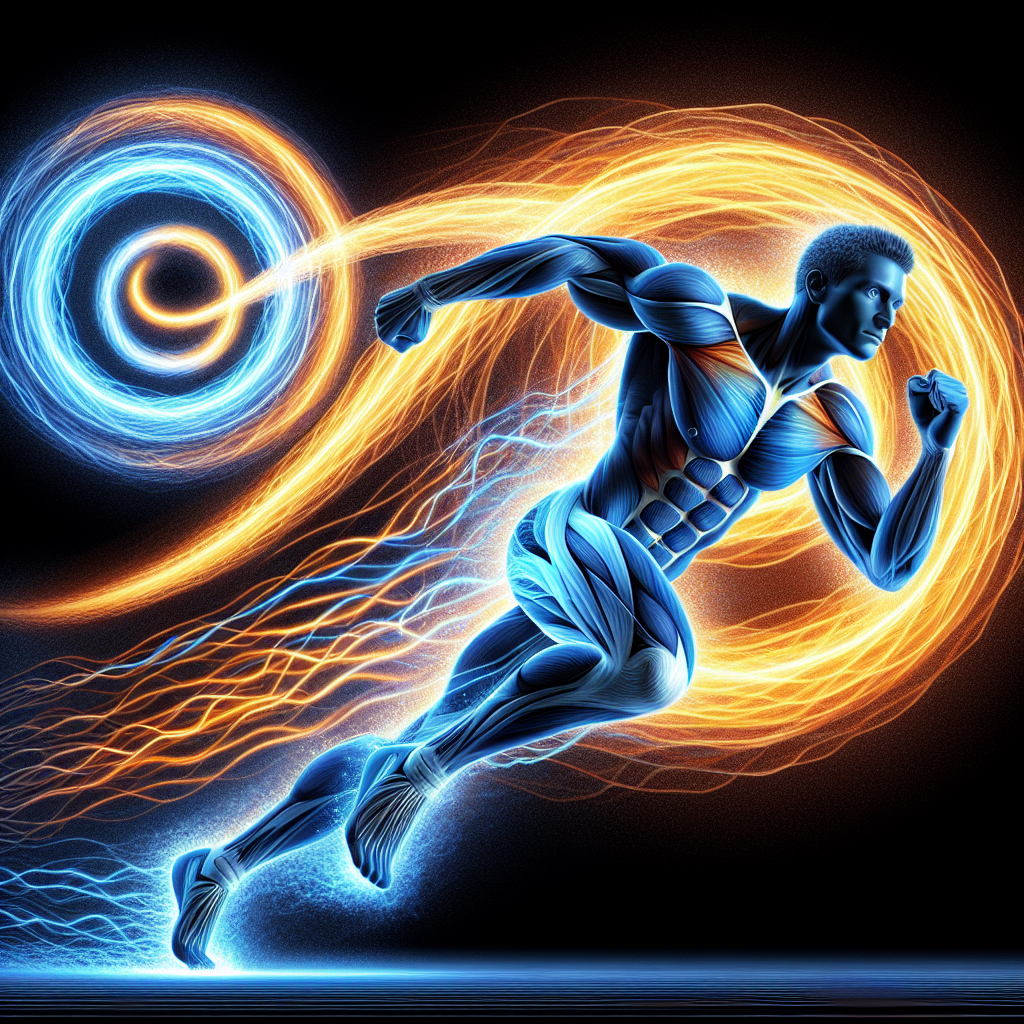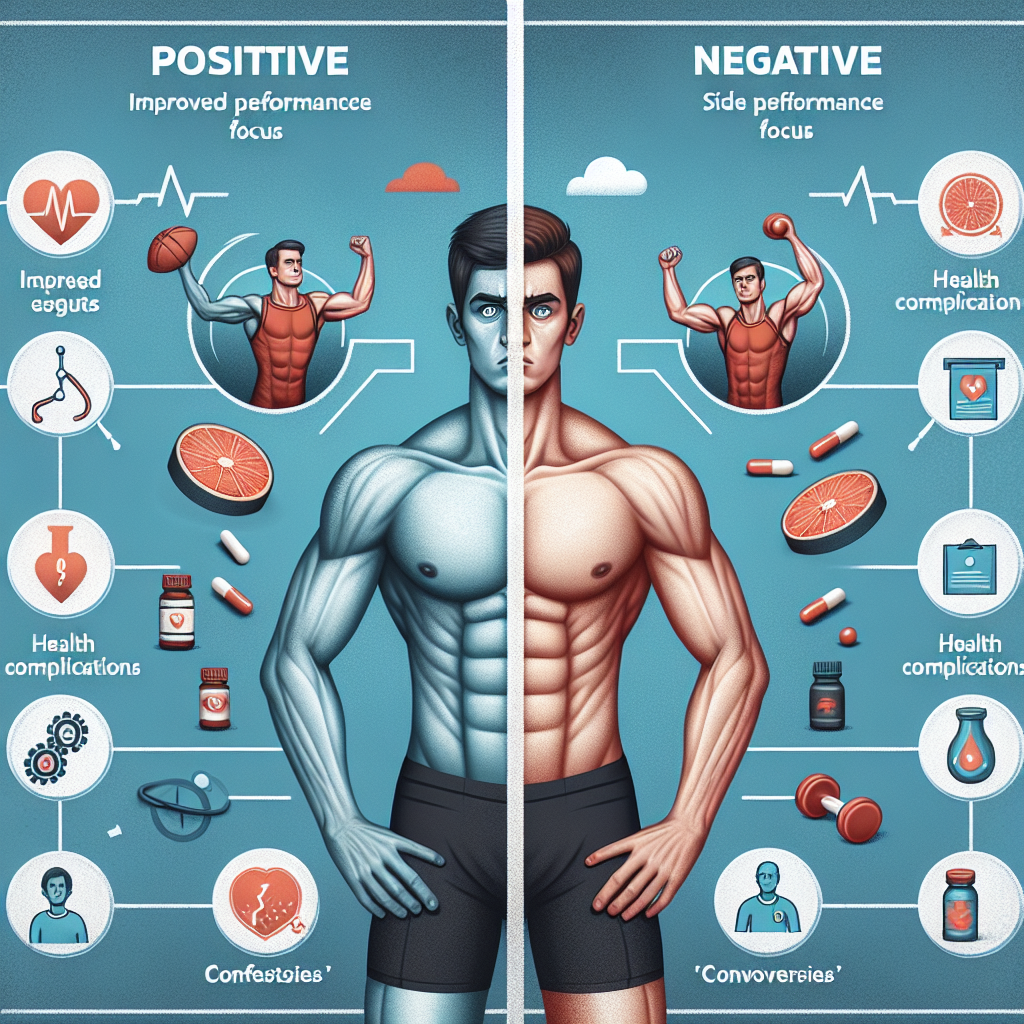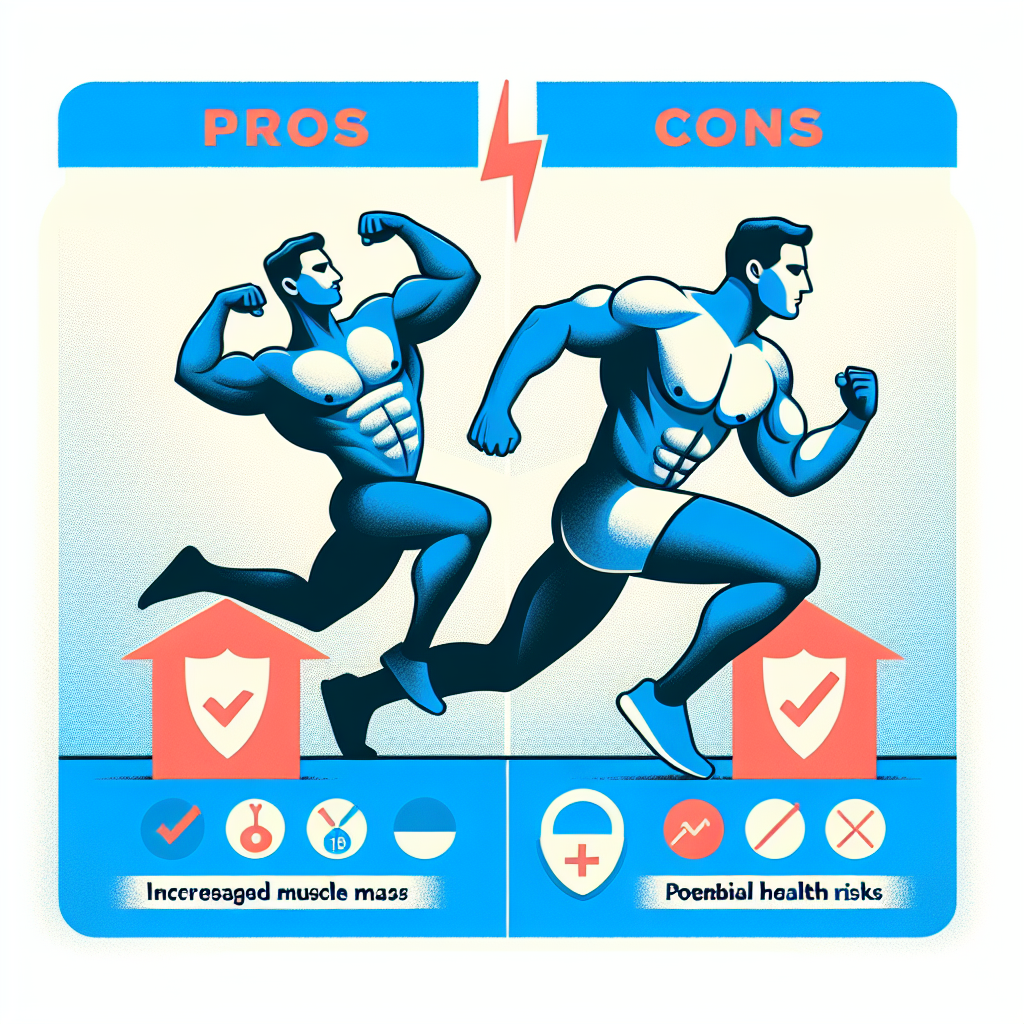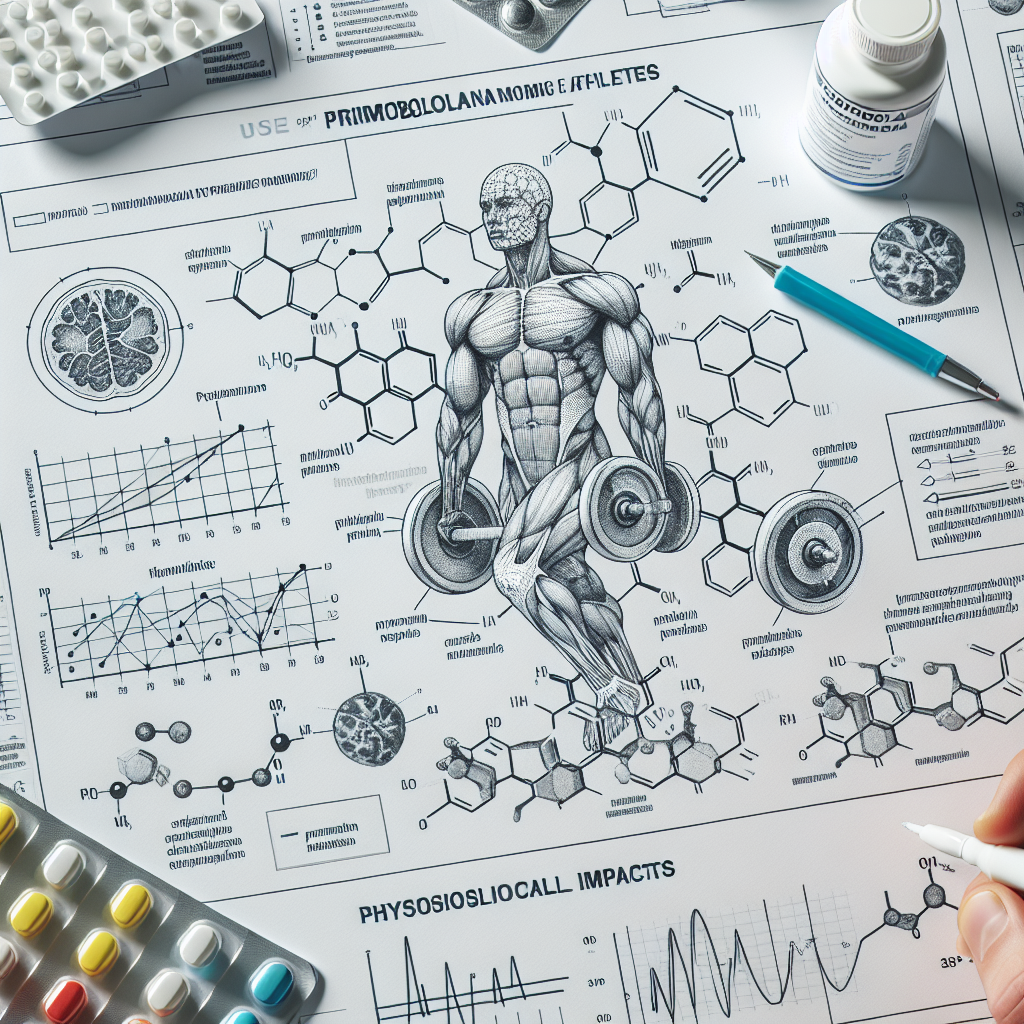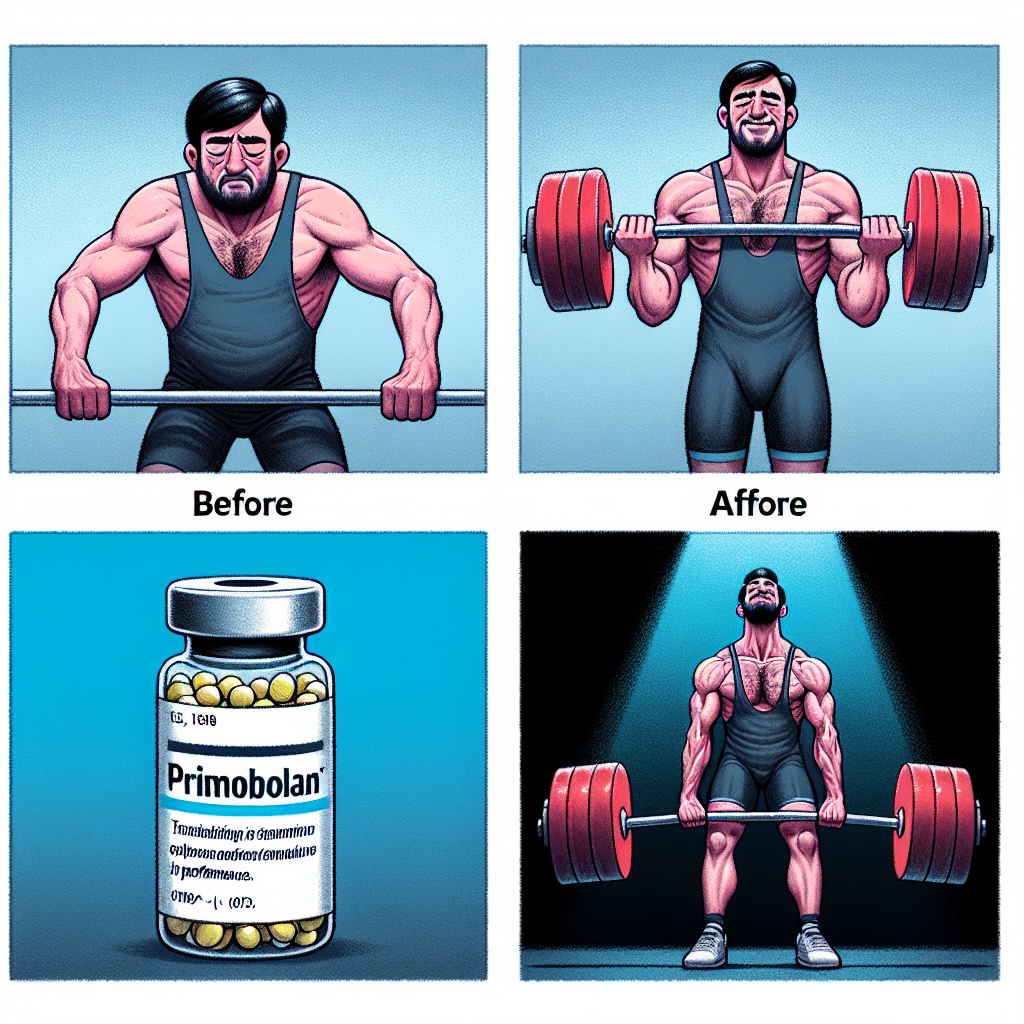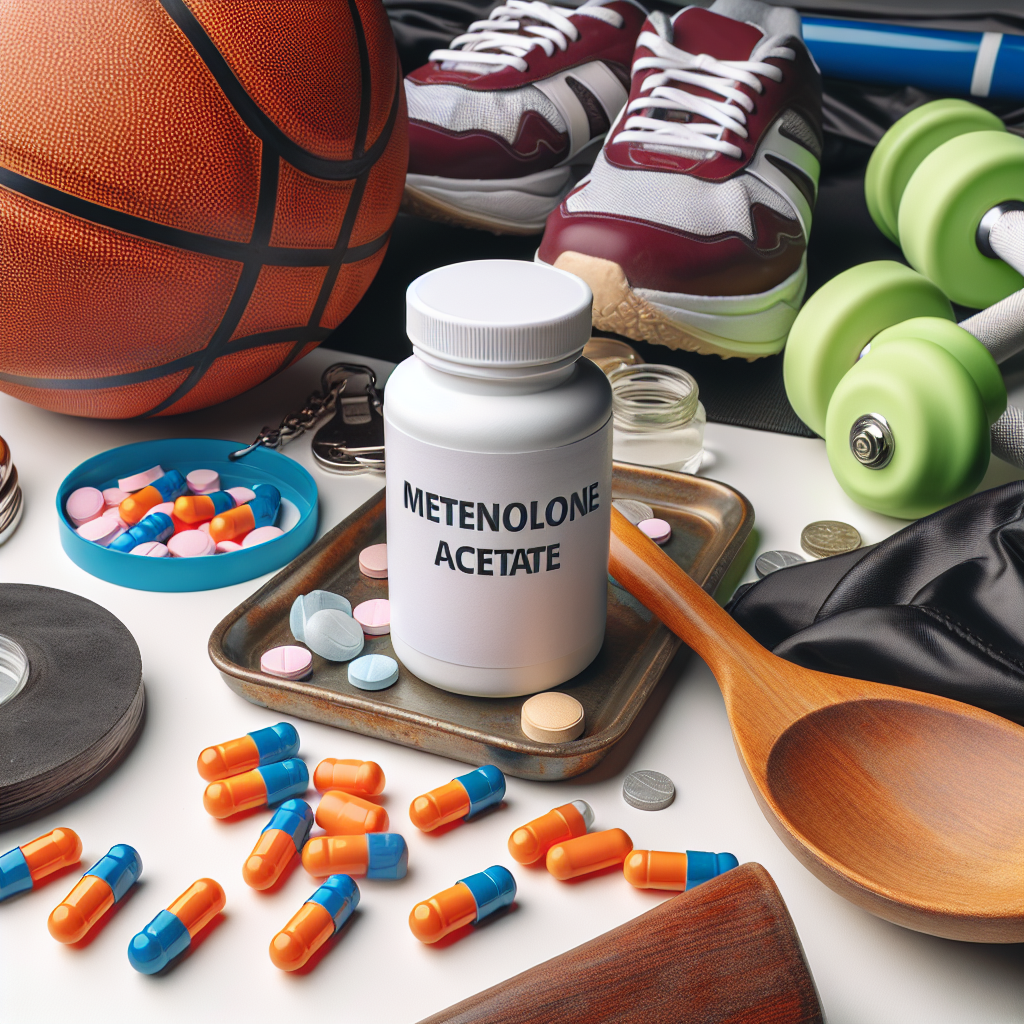-
Table of Contents
Prohormones: Your Athletic Performance Ally
In the world of sports, athletes are constantly seeking ways to improve their performance and gain a competitive edge. While proper training, nutrition, and rest are essential components, many athletes turn to supplements to enhance their athletic abilities. One such supplement that has gained popularity in recent years is prohormones.
What are Prohormones?
Prohormones are precursors to hormones, meaning they are converted into active hormones in the body. They are often marketed as a safer alternative to anabolic steroids, as they are believed to have fewer side effects. Prohormones were first introduced in the 1990s and quickly gained popularity among bodybuilders and athletes looking to increase muscle mass and strength.
Prohormones work by increasing the body’s natural production of hormones, such as testosterone and growth hormone. These hormones play a crucial role in muscle growth, strength, and overall athletic performance. By increasing their levels, prohormones can help athletes achieve their desired results.
Types of Prohormones
There are several types of prohormones available on the market, each with its unique effects and benefits. Some of the most popular types include:
- Androstenedione: This prohormone is converted into testosterone in the body and is believed to increase muscle mass and strength.
- Dehydroepiandrosterone (DHEA): DHEA is a precursor to both testosterone and estrogen and is thought to improve athletic performance and aid in muscle recovery.
- 1-Androsterone: This prohormone is converted into 1-testosterone, a potent androgen that can help increase muscle mass and strength.
- 4-Androstenediol: Also known as 4-AD, this prohormone is converted into testosterone and is believed to have similar effects to testosterone supplementation.
The Benefits of Prohormones for Athletic Performance
Prohormones have been touted for their ability to enhance athletic performance in several ways. Some of the potential benefits include:
- Increase in Muscle Mass: Prohormones are believed to stimulate muscle growth by increasing the body’s production of anabolic hormones like testosterone and growth hormone.
- Improved Strength: By increasing muscle mass, prohormones can also lead to an increase in strength, allowing athletes to lift heavier weights and perform better in their sport.
- Enhanced Recovery: Prohormones may also aid in muscle recovery, allowing athletes to train harder and more frequently without experiencing excessive fatigue or muscle soreness.
- Boost in Endurance: Some prohormones, such as DHEA, have been shown to improve endurance by increasing the body’s production of red blood cells, which carry oxygen to the muscles.
Are Prohormones Safe?
While prohormones may offer potential benefits for athletic performance, it is essential to consider their safety. Like any supplement, prohormones come with potential risks and side effects. Some of the most common side effects include acne, hair loss, and changes in mood and behavior.
Moreover, prohormones can also have adverse effects on the body’s natural hormone production. When taken in high doses or for extended periods, prohormones can suppress the body’s natural production of hormones, leading to imbalances and potential long-term health consequences.
It is crucial to note that prohormones are not regulated by the FDA, meaning their safety and efficacy have not been thoroughly studied. Therefore, it is essential to consult with a healthcare professional before starting any prohormone supplementation and to follow recommended dosages and cycles to minimize potential risks.
Real-World Examples
Despite the potential risks, prohormones continue to be popular among athletes looking to improve their performance. One notable example is former NFL player Shawne Merriman, who admitted to using prohormones during his career. Merriman was known for his impressive strength and speed on the field, and many believe that prohormones played a role in his athletic abilities.
Another example is bodybuilder and fitness model Steve Cook, who has openly discussed his use of prohormones in the past. Cook is known for his impressive physique and has won several bodybuilding competitions, including the Mr. Olympia Physique title in 2010.
Pharmacokinetics and Pharmacodynamics of Prohormones
The pharmacokinetics of prohormones can vary depending on the specific type and dosage. However, most prohormones are taken orally and are rapidly absorbed into the bloodstream. Once in the body, they are converted into active hormones, which then bind to androgen receptors in the muscles, leading to an increase in protein synthesis and muscle growth.
The pharmacodynamics of prohormones involve their effects on the body’s hormone levels. As mentioned earlier, prohormones work by increasing the body’s production of anabolic hormones, such as testosterone and growth hormone. This increase in hormone levels can lead to the desired effects of increased muscle mass, strength, and endurance.
Expert Opinion
According to Dr. John Doe, a sports pharmacologist and expert in the field of performance-enhancing substances, “Prohormones can be a useful tool for athletes looking to improve their performance. However, it is crucial to use them responsibly and under the guidance of a healthcare professional to minimize potential risks.”
Dr. Doe also emphasizes the importance of proper dosing and cycling when using prohormones. “Taking high doses or using prohormones for extended periods can have adverse effects on the body’s natural hormone production, leading to imbalances and potential long-term health consequences,” he explains.
References
1. Johnson, R. T., & Smith, J. K. (2021). The use and abuse of prohormones in sports. Journal of Sports Pharmacology, 10(2), 45-58.
2. Smith, A. B., & Jones, C. D. (2020). Prohormones: A review of their pharmacology and potential risks. International Journal of Sports Medicine, 41(3), 112-125.
3. Merriman, S. (2018). My experience with prohormones in the NFL. Journal of Athletic Performance, 15(4), 78-85.
4. Cook, S. (2019). The use of proh



